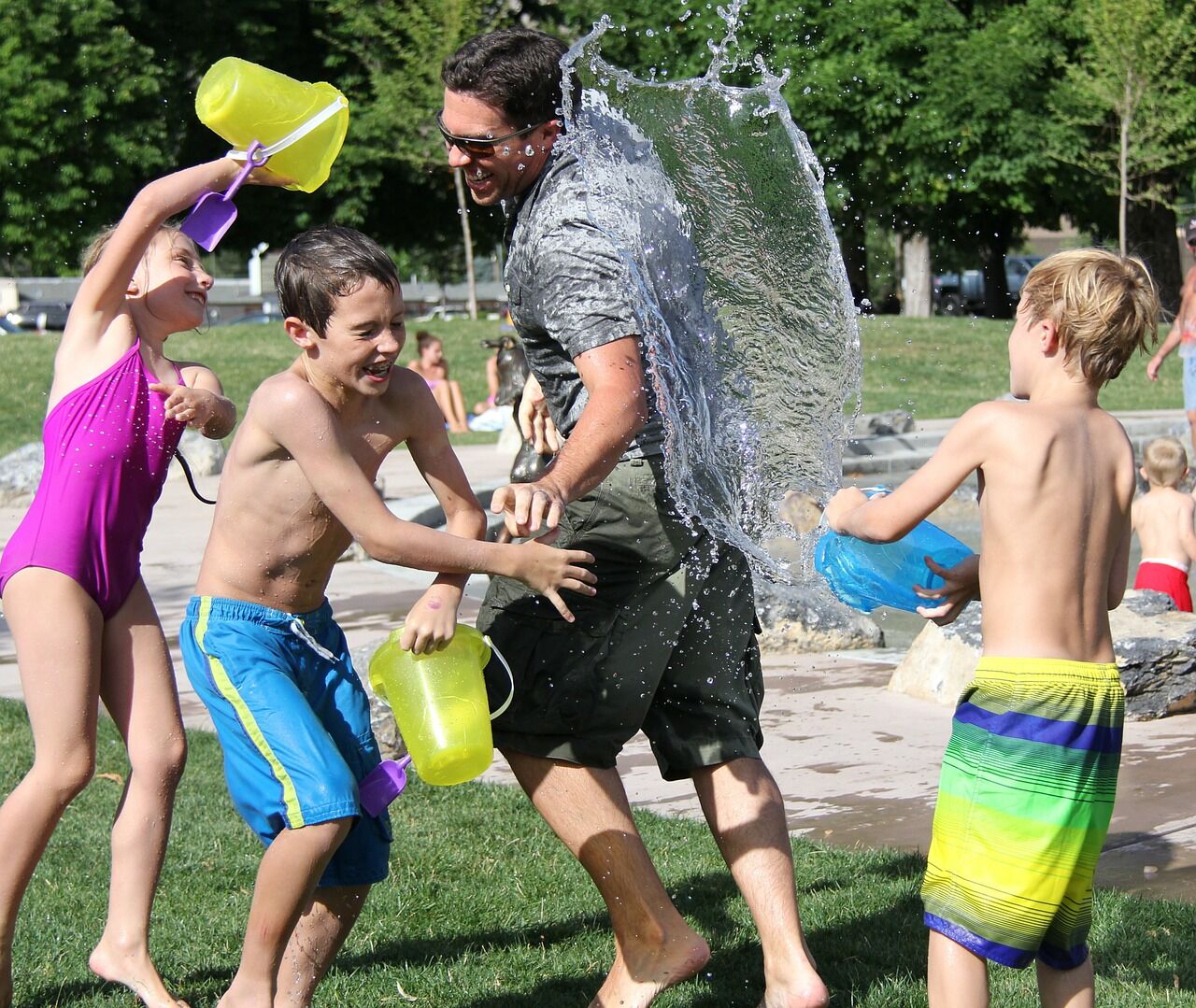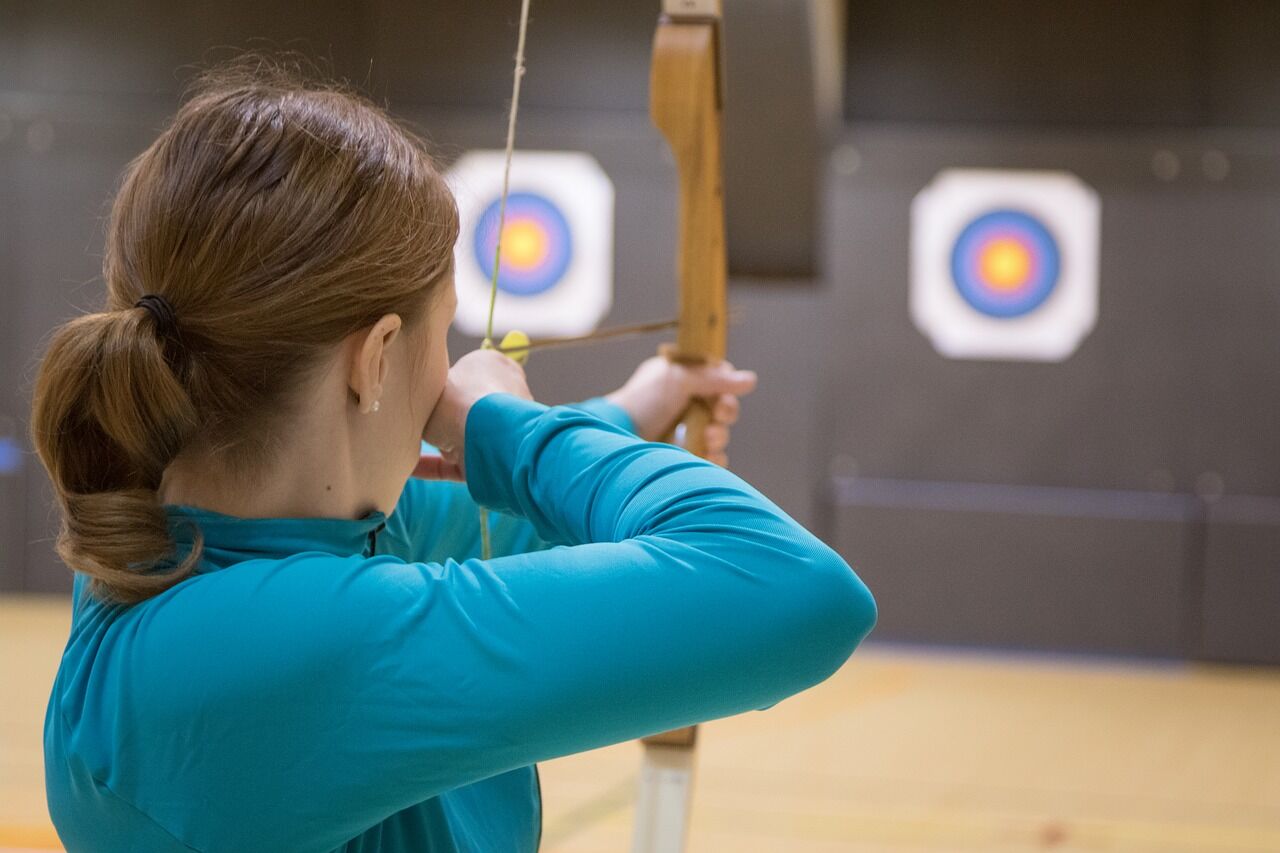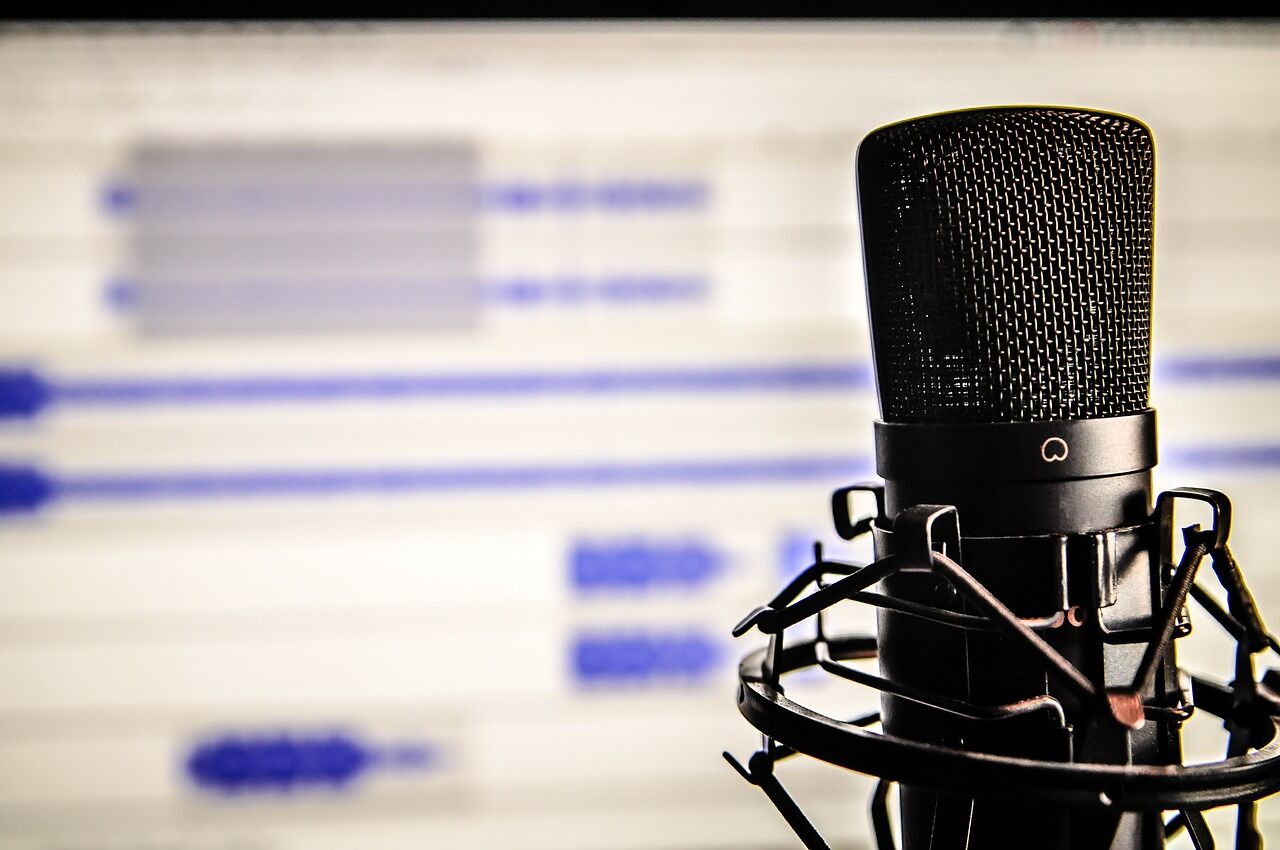The first fitness trackers produced were primarily step counters, but they’ve evolved into much more. They now use sensors to track your heart rate, calories consumed, sleep quality, and body fat percentage. They’re available in a variety of colors, shapes, materials, and sizes, and whatever your fitness goals are, you’ll find a fitness tracker to […]
Category: Information
Make Emergency Plans Based on You Actual Heath
My husband Salty and I were riding our bikes along a trail one fine day when we came across a worried huddle at the side of the trail. At the center of the huddle was a middle-aged man, sitting hunched and breathing in short gasps. He was sweating far more profusely than the day called […]
5 Fun Activities to Do With Your Family on Weekends
Are you often occupied by your work? When was the last time you had great cozy moments with your family? If you can’t answer these questions affirmatively, you need to seriously revisit the way you balance your personal and professional life. In an era when more and more people are getting consumed due to […]
The Mental Health Benefits of High Concentration Sports (Like Archery)
There’s a never ending stream of celebrity confessions about mental health issues (such as this recent one from “The Rock”) at the moment. If it isn’t that it’s a pressure group highlighting the lack of funding given to this growing problem. Mental health is a modern issue and one that’s seemingly on the rise. Or […]
Prepper Interview on a New Podcast
I recently was asked to participate in a prepper interview for a new pod caster that is a well known Nashville journalist (but who wants to be anonymous in this new venue). We talked about Prepping, Reality TV, Nuclear Plants, and the current state of Corrections… They edited about 5 hours of tape to a […]




